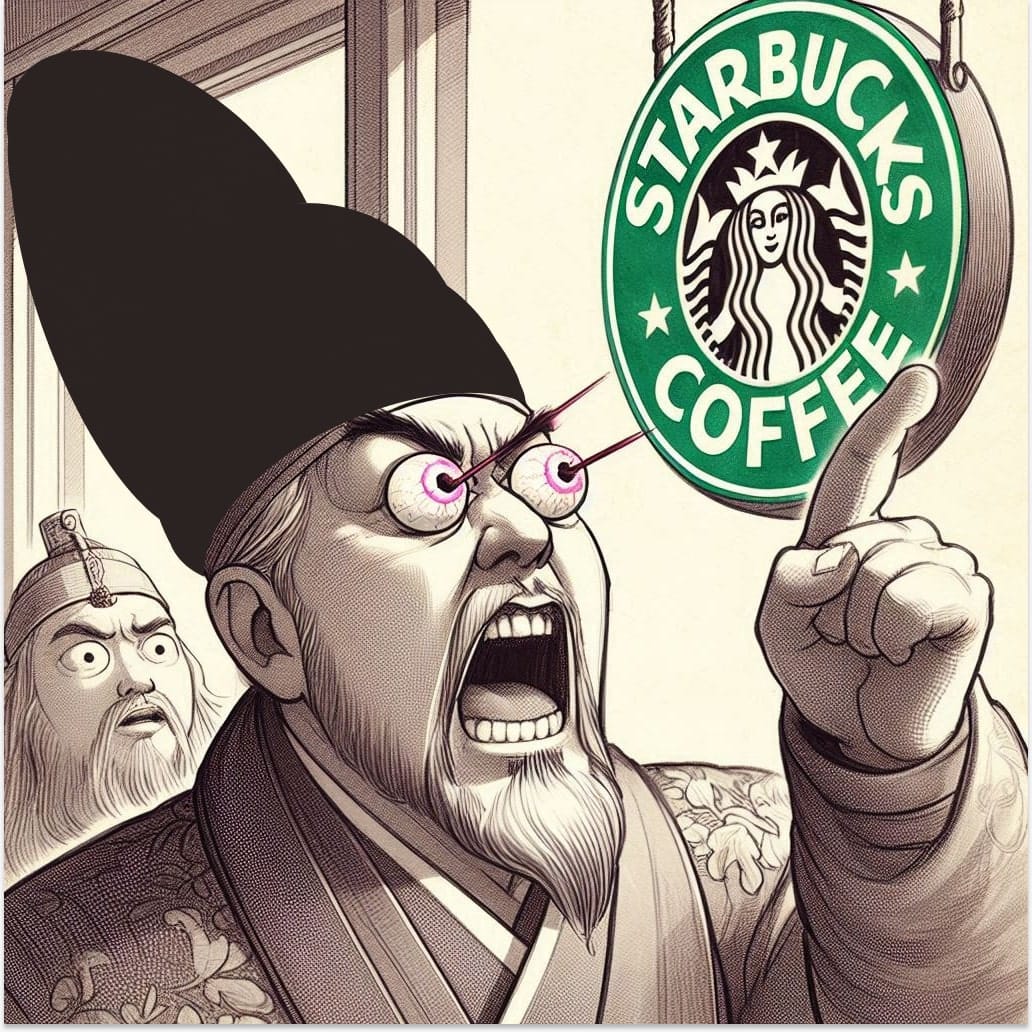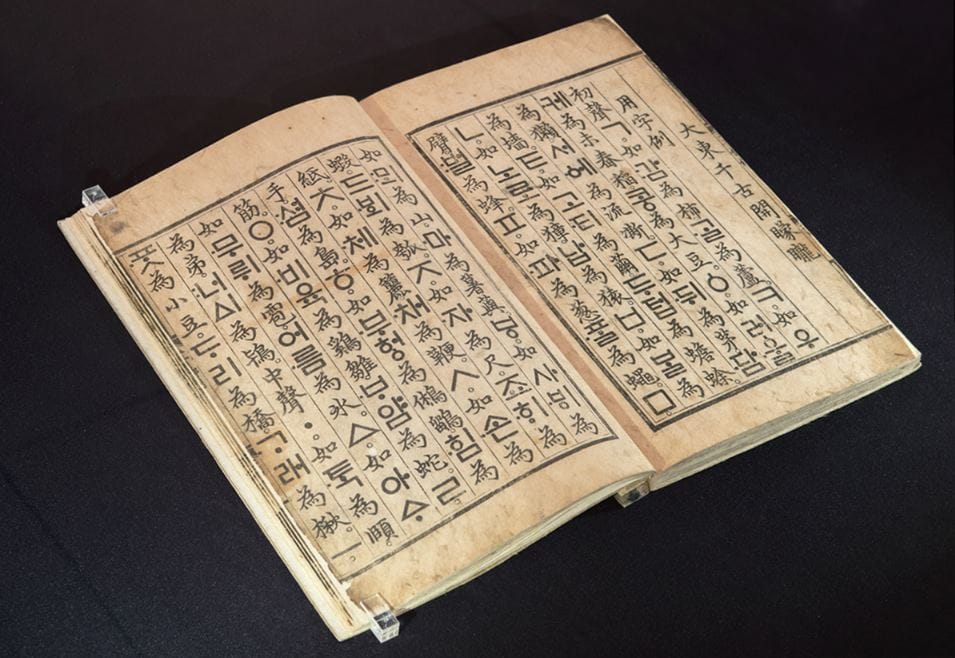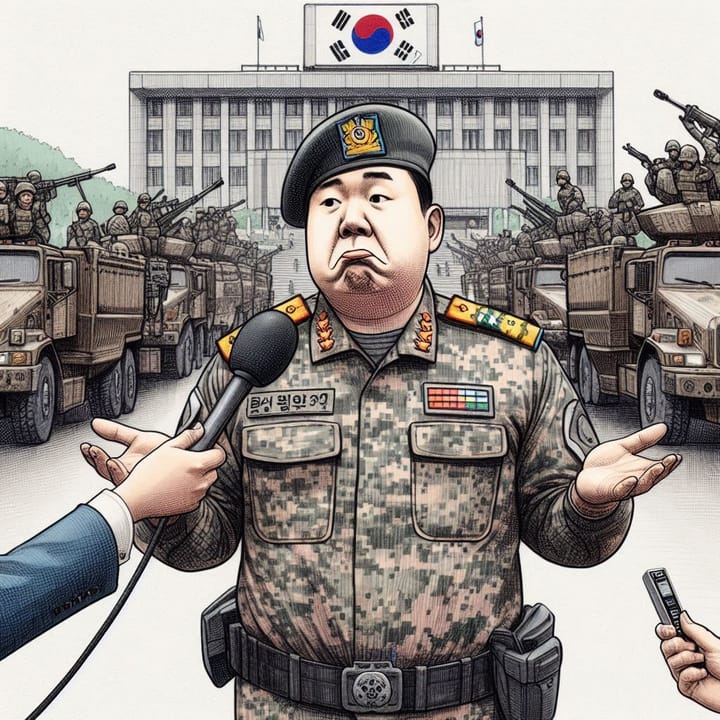Change it to the Korean right away!!!
The Excellence of the Korean Script


At Insa-dong, foreign visitors will notice a Starbucks with a different kind of sign—written in Hangul (Korean Script) rather than the familiar English letters. Back in the early 2000s, there was a big debate when a foreign brand tried to set up shop in this traditional cultural area. People wondered why English letters should grace their traditional street. So, Starbucks opened its doors with a Korean sign. If King Sejong, the creator of Hangul, had known of this, perhaps he would have been greatly angered, too. 😅
Hangul is unique among writing systems worldwide because its creator, proclamation date, and design principles are all known to the public. It's not just a simple combination of sounds; it's a language praised for its scientific approach, as it accurately reflects the positions of the tongue and lips. A philosophy is embedded in it, meant to unify all phenomena of the universe—even human sounds—by connecting the yang of heaven and the yin of earth. Hangul was created in the 25th year of King Sejong’s reign (1443) and announced in the 28th year (1446) as “Hunminjeongeum,” with 28 characters—4 of which were later dropped, leaving today's 24.

In October 1997, "Hunminjeongeum Haerye," a book explaining the principles of Hangul's creation, was listed as a UNESCO Memory of the World. This book, discovered in 1940 in Andong, demonstrates the scientific principles behind Hangul. One legend tells of a collector who purchased the book at a high price and safeguarded it by taking it as his sole possession during the Korean War.

Despite its potential, Hangul faced challenges right from the start. While I learned in my school that King Sejong and his scholars at Jiphyeonjeon developed it together, the truth is that Sejong himself created it and merely tasked scholars with subsequent work. Some scholars even rejected the king’s new script, resulting in imprisonment for defying his wishes. The Joseon Dynasty elite considered Hangul simple enough for women and lower classes, clinging to their own cultural supremacy through the classical Chinese Alphabet. Within the palace, it was widely used by women in particular, yet it did not gain official status until the late 19th century. In the later period of the Japanese occupation, Japanese rulers prohibited using Hangul and even forced Koreans to adopt Japanese names.😢
Today, Korea's illiteracy rate is 0.1%, the lowest in the OECD, largely due to Hangul’s excellence. English cultural historian John Man called Hangul “the alphabet that all other writing systems dream of being,” and Pearl Buck, author of "The Good Earth," praised it as “the most outstanding alphabet in the world for its simplicity and excellence.” In the mobile era, Hangul allows Koreans to input text quickly and easily, providing an advantage in the digital age.👍✔️



Comments ()